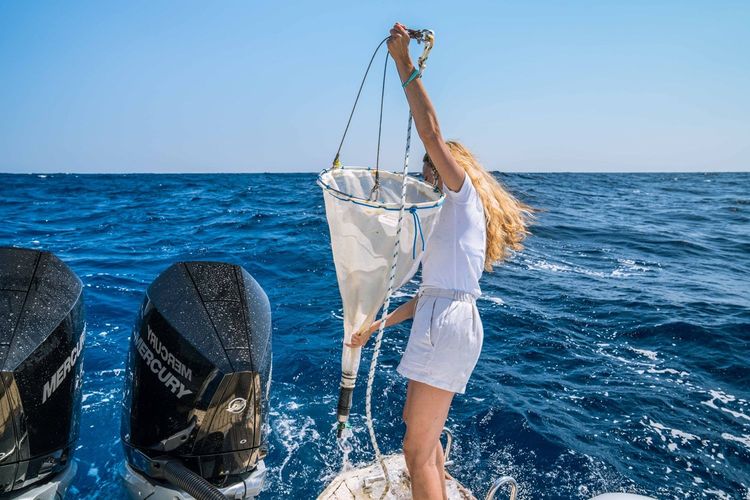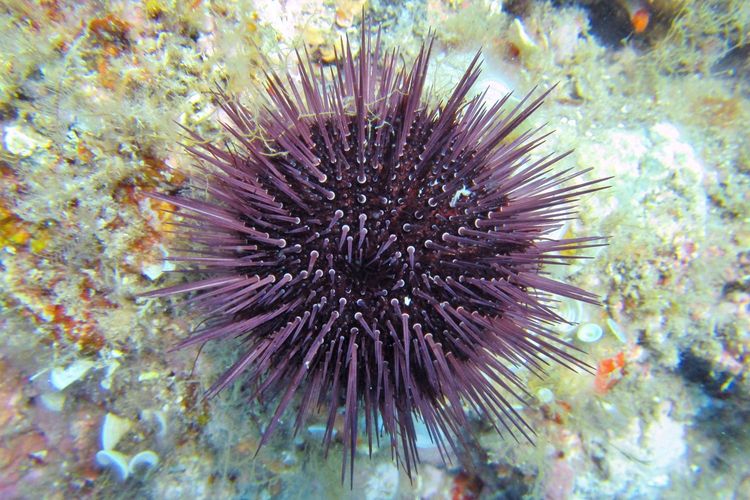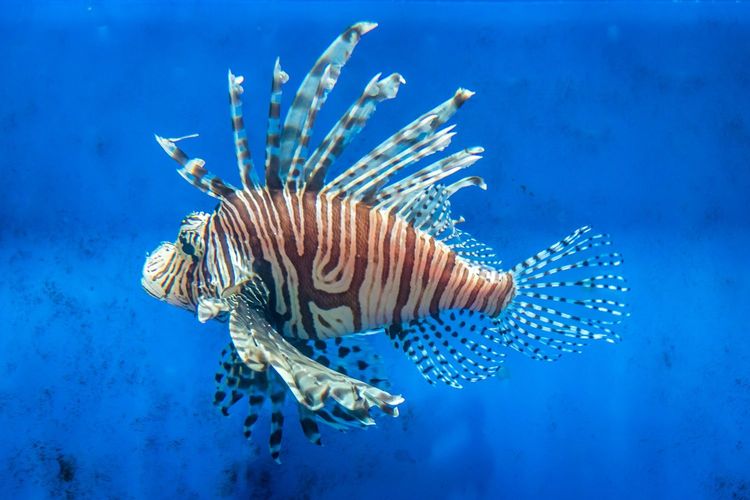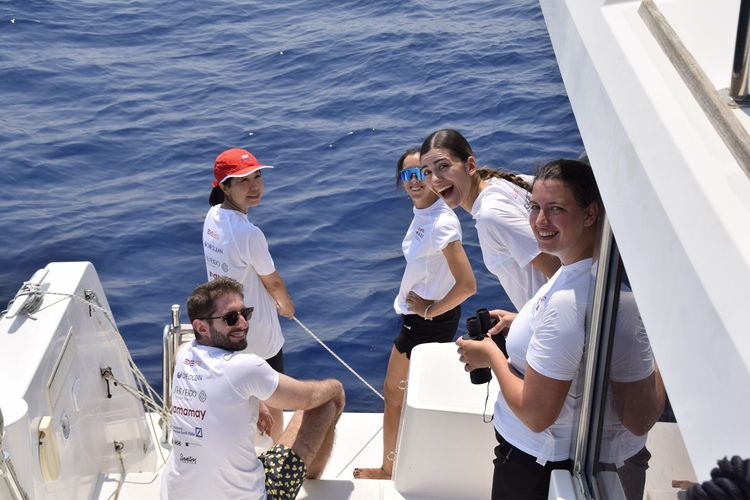
A new study conducted by One Ocean Foundation, published in the scientific journal Archives of Environmental Contamination and Toxicology, confirms the role of the Caprera Canyon as a critical hotspot for the accumulation of marine pollutants.
By analyzing zooplankton samples, researchers detected concentrations of various heavy metals exceeding international environmental quality standards, with potential implications for ecosystem health and for threatened filter-feeding species such as fin whales, basking sharks, and devil rays (also known as mobulas).
The study makes a concrete contribution to the understanding of sensitive marine areas and highlights the urgent need for effective conservation strategies for the Caprera Canyon.
Zooplankton as a bioindicator: why it matters
Since 2019, One Ocean Foundation has been studying the Caprera Canyon as an ecologically strategic zone, frequently visited by large filter-feeding vertebrates that consume enormous volumes of seawater. This feeding strategy makes them particularly vulnerable to the accumulation of pollutants present in the water column and food web.
Due to the difficulty of directly assessing contaminant levels in these often elusive, mobile, and protected species, researchers focused on zooplankton, a key prey item and natural bioindicator.
Between 2022 and 2024, under the scientific coordination of Ginevra Boldrocchi, lead researcher at One Ocean Foundation and scientist at the University of Insubria, the team collected zooplankton samples at two key locations in the canyon. The analysis focused on persistent organic pollutants (PCBs, DDT) and trace elements such as mercury, chromium, cadmium, zinc, copper, and arsenic.
The results confirm that zooplankton not only reflects the level of environmental contamination, but also acts as a vector for the transfer of pollutants along the food chain, ultimately reaching top trophic level species.
Contaminants above safe limits: what the study shows
The analyses revealed concentrations of several heavy metals – including mercury, chromium, and cadmium – exceeding international environmental safety thresholds. These levels pose potential risks to the health of marine organisms and, indirectly, to humans through processes such as biomagnification.
The constant presence of large filter-feeding vertebrates in the Caprera Canyon, such as fin whales, basking sharks, and devil rays, makes ongoing monitoring and management of this contamination even more urgent, given the vulnerability of these endangered species.
Conservation implications: the need for active management
The authors emphasize that the data collected should be integrated into conservation and management strategies for the area. The proposal to designate the Caprera Canyon as an Important Marine Mammal Area (IMMA) is grounded in the need to protect crucial habitats for the survival of fin whales, basking sharks, and devil rays, and to preserve the integrity of the marine ecosystem.
According to One Ocean Foundation, active management and protection of sensitive marine areas like this are essential steps to mitigate the impact of contaminants and ensure a future for the Mediterranean’s most vulnerable species.


